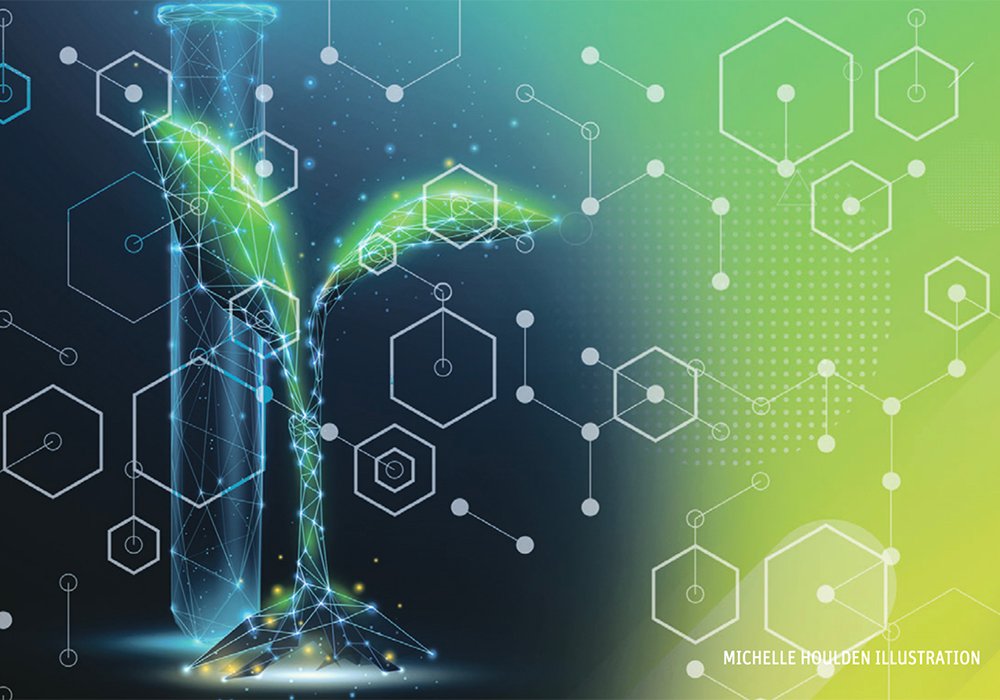Source – https://www.producer.com/
As nanotechnology hits its stride in agriculture, advances in machine learning are being harnessed to make field operations more effective while improving food safety.
Nanoparticles are extremely small, measured in billionths of a metre or nanometres. This is the realm of molecules — it takes about three water molecules to make one nanometre, and DNA is about two nanometres wide. A human hair is more than 80,000 nanometres thick.
Now, agriculture researchers are developing applications for nanoparticle use involving antimicrobials that can protect plants, as well as slow-release insecticides and fertilizers.
Many of these nanoparticles are designed be absorbed into food plants to do their work. This has caused both interest in seeing how they function and concern as to whether they might have effects on other plants or accumulate at harmful levels in food.
Nano-scale materials occur naturally and are part of regular diets. For example, casein micelles, which contain various proteins, fats and minerals, are used to make cheese. Synthetic nano-scale materials are called engineered nanoparticles, or ENPs.
According to Xingmao “Samuel” Ma at Texas A&M University the problem of tracking ENPs is complex.
In an article for the university, Ma explained that silver nanoparticles, widely used for their antimicrobial properties, can have hundreds of different shapes, sizes and coatings. Testing for every kind, in every type of plant, quickly becomes impossible for humans.
But perhaps not for machines.
Ma and his colleagues began with an existing database created from past research on metallic nanoparticles and where they accumulated in plants. They applied two algorithms to analyze data.
- Valued for their antimicrobial properties against a wide range of plant pathogens. They can also enhance plant growth.
Nano alumino-silicates
- Used as efficient pesticides.
Titanium dioxide
- Used as a disinfecting agent for water. It has also been found to enhance plant performance by stimulating certain enzymes and promoting nutrient uptake.
Carbon
- Graphene, graphene oxide, carbon dots, and fullerenes are used to improve seed germination.
Metals and magnets
- Zinc oxide, copper oxide nanoparticles, and various magnetic nanoparticles are used for various ag applications.
